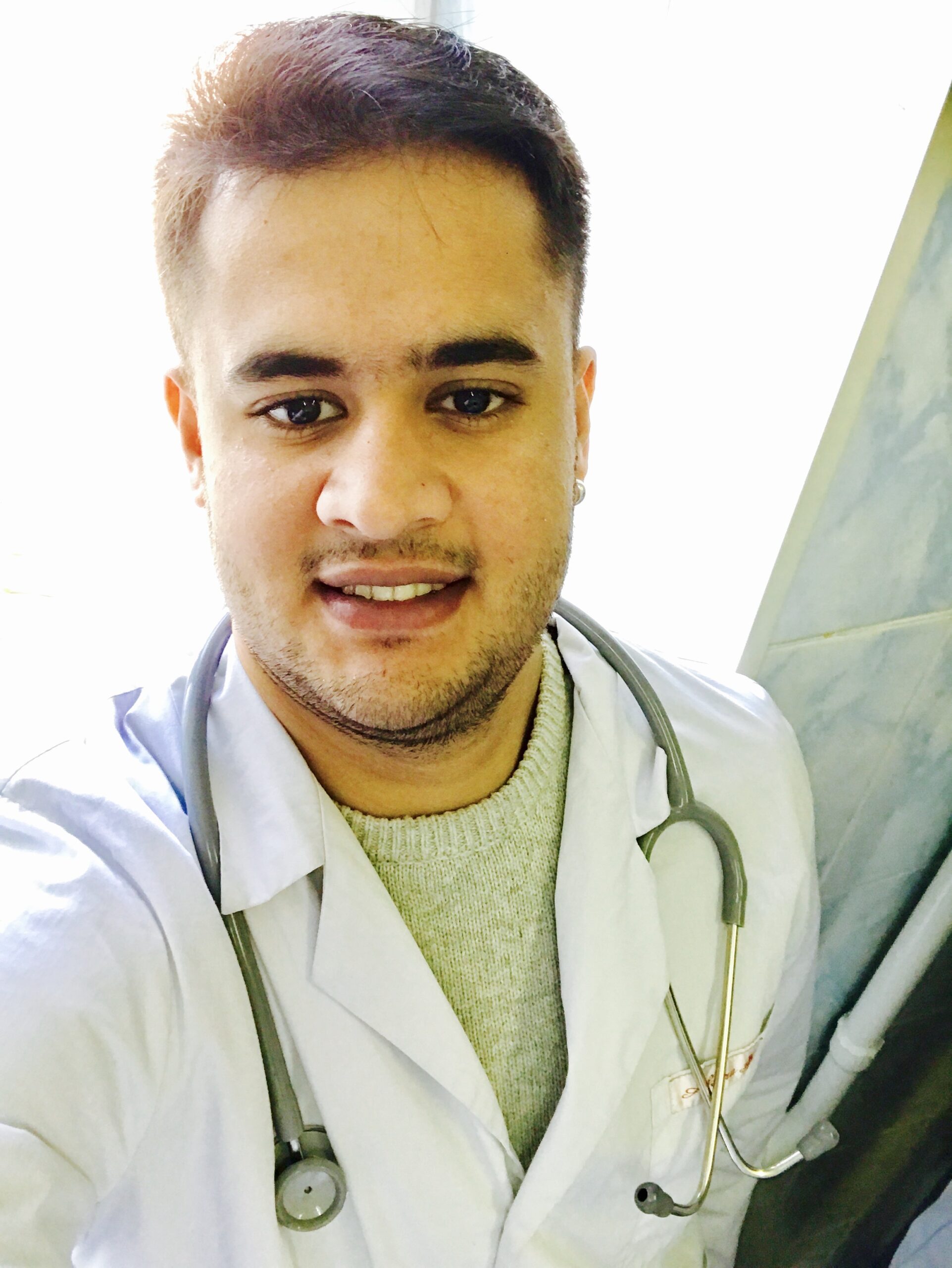In this blog, we will read about the complications of CABG surgery and the challenges the patients and doctors face. We will also explore the restrictions and the do’s and don’ts for successful post-operation recovery.
What is CABG Surgery?
Coronary artery bypass surgery helps restore blood flow that is blocked or partially obstructed. In this surgery, a surgeon takes a healthy blood vessel (usually from the leg, arm, or chest) and grafts it on the blocked coronary artery, bypassing blood to flow around the blockage. The blood vessel is linked beneath the clogged cardiac artery. The heart muscle receives more blood with the help of the new channel. This procedure is also known as Heart Bypass Surgery or Coronary Artery Bypass Grafting.
Complications after Heart Bypass Surgery
After heart bypass surgery complications can vary from patient to patient. Not everyone faces these complications, but caution should be exercised after surgery. Some of the potential complications may include:
- Infections, such as redness, swelling, and discharge causing fever, can occur at the surgical sight or the chest area.
- Excessive bleeding can happen either during or after the surgery. In some cases, a blood transfusion may be necessary.
- The formation of blood clots can lead to stroke, heart attack, or other serious issues.
- The heart’s rhythm may be disrupted, causing palpitations or an irregular heartbeat (Arrhythmia).
- Fluid may accumulate in the lungs causing pulmonary edema or around the heart causing pericardial effusion, making it difficult for the heart to function correctly.
- Reduced blood flow during surgery can affect the kidneys. This may result in temporary or, in rare cases, permanent kidney dysfunction.
- Breathing difficulties or pneumonia can occur, especially in those with pre-existing lung issues.
- Adverse reactions to anesthesia can occur, though they are relatively rare.
- The newly inserted blood vessels (grafts) may become blocked or narrowed over time, requiring additional interventions.
- Despite the surgery, there is still a risk of heart attack or stroke, mainly if there are complications during or after the procedure.
Also Read: 5 Facts About Heart Transplants
Recovery after coronary artery bypass graft surgery (CABG)
Recovery after Coronary Artery Bypass Graft (CABG) surgery is a gradual process that involves several stages:
- Hospital Stay: Most patients spend a few days in the hospital after CABG surgery. The stay can vary, typically around 4 to 7 days. During this time, medical professionals monitor your vital signs, manage pain, and ensure the incision site is healing properly.
- Physical Activity: Gradual reintroduction of physical activity is essential. Initially, patients may start with short walks within the hospital and progress to longer walks as tolerated. Avoid strenuous activities and lifting heavy objects for several weeks.
- Medication: You will be prescribed medications to manage pain, prevent infection, and control conditions such as hypertension and high cholesterol. Follow the prescribed medication schedule and report any side effects or concerns to your doctor.
- Wound Care: Keep the surgical site dry and clean. Follow the doctor’s instructions for wound care to prevent infection. Immediately report any signs of infection, such as redness, swelling, or any kind of discharge.
- Dietary Changes: A heart-healthy diet is crucial for recovery. Follow any dietary recommendations provided by your healthcare team. Monitor your sodium intake, and consider adopting a diet rich in fruits, vegetables, whole grains, and lean proteins.
- Lifestyle Changes: Embrace and maintain a heart-healthy lifestyle. This may include quitting smoking, managing stress, and incorporating regular exercise into your routine.
Restrictions after Coronary Artery Bypass Graft Surgery
| Types |
Cost in USD |
| Driving |
Typically restricted for at least 4-6 weeks post-surgery. |
| Lifting and Carrying |
Avoid lifting anything heavy for the first 6-8 weeks. |
| Physical Activity |
Gradually resume light activities, like walking, and increase intensity over time. |
| Showering and Bathing |
Usually allowed after the incision site has healed; avoid hot water initially. |
| Climbing Stairs |
Limit stair climbing initially; increase gradually as strength and stamina improve. |
| Sexual Activity |
Resume as tolerated, but consult with the healthcare team for specific guidance. |
| Dietary Restrictions |
Follow a heart-healthy diet low in saturated fats, cholesterol, and sodium. |
| Emotional Well-being |
Address stress and anxiety; consider cardiac rehabilitation programs. |
| Smoking |
Quit smoking; it significantly improves the outcome and reduces complications. |
How long is recovery after heart bypass surgery?
The recovery time after heart bypass surgery can vary from person to person, and it depends on several factors, including the individual’s overall health, the number of grafts performed, and any complications that may arise during or after the surgery.
Most people can resume normal daily activities within the first 4-6 weeks after surgery, but it’s essential to follow doctors’ advice regarding restrictions and gradually increasing activity levels. Complete recovery may take several months, and it’s common for individuals to continue with cardiac rehabilitation programs to improve cardiovascular health.
Patients must attend follow-up appointments, take prescribed medications, and make lifestyle changes such as adopting a heart-healthy diet and engaging in regular exercise to optimize long-term recovery.
In conclusion
Coronary Artery Bypass Grafting (CABG) surgery is vital to restore blood flow to the heart muscle, relieving symptoms associated with cardiac diseases. While advancements in medical technology have improved success rates, it’s essential to be aware of potential complications such as infection, bleeding, blood clots, and irregular heartbeat. The recovery process involves various stages, including hospital stay, physical activity reintroduction, medication management, and lifestyle changes.
Related Post:
Choose the Right Heart Surgeon in India
Life After Heart Transplant: A Guide to Recovery

